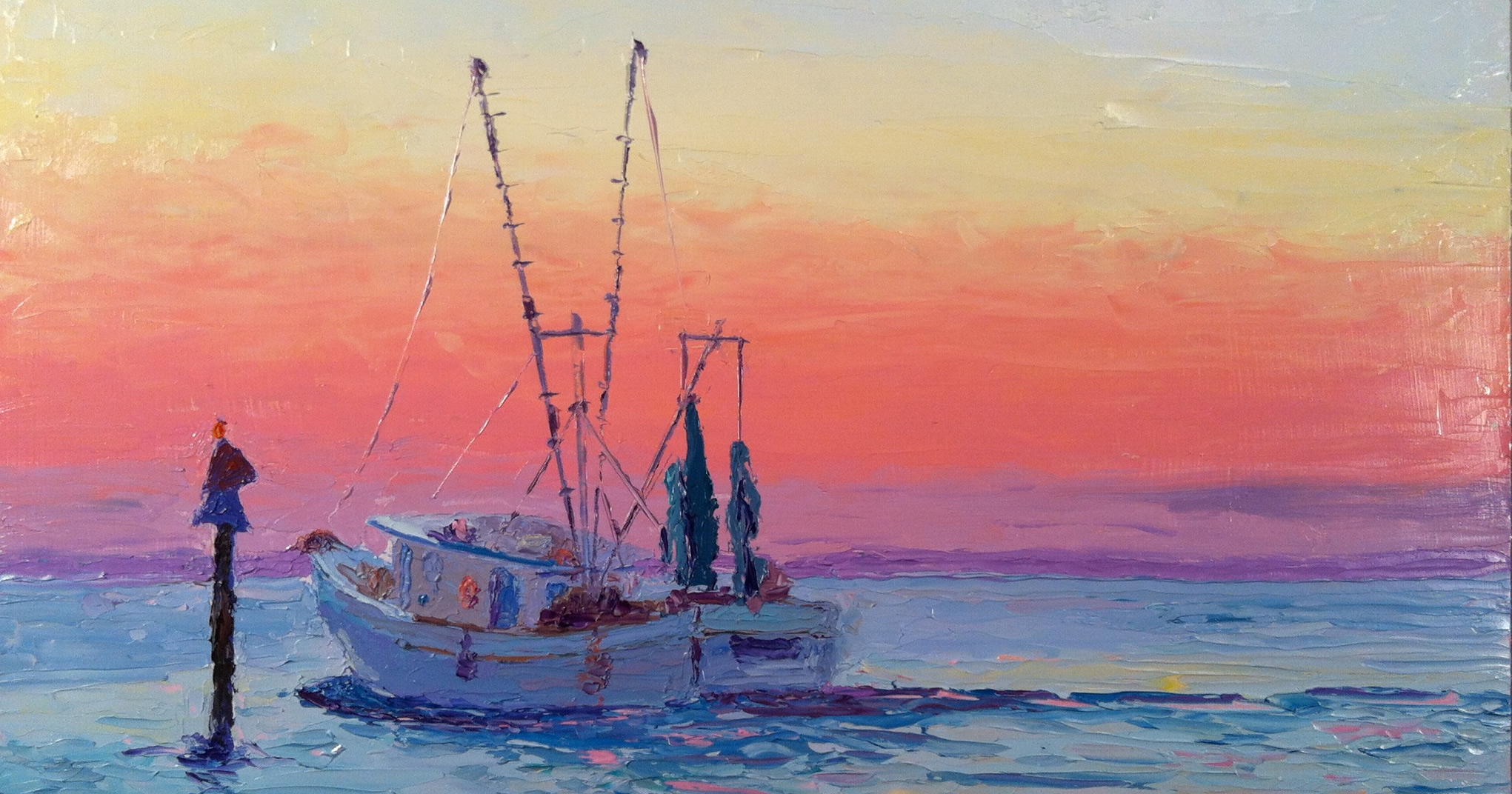What Is Impressionism?
Perhaps the simplest definition of impressionism is "the study of the effect of light on color". Claude Monet, the foremost of French Impressionists, spent most of his artistic career studying color and learning how to express its truth in oil painting. At one point he is quoted as saying, "Color is my daylong obsession, joy, and torment."
Claude Monet, Pierre-Auguste Renior and the French Impressionists of the late 1800's broke from the classical painting principles that were the standard of the day and created a new approach to expressing human experience. They incorporated the use of vibrant oil colors that were newly available and, freed from the constraints of dimly lit studios, embarked on painting adventures in natural sunlight.
The Impressionists painted life as it existed in the world around them: landscapes in various seasons and light, common scenes of daily life, people wearing the clothing and expressions of the day. As painters they moved away from the use of black and umber and painted what they saw: bright light and shadows of blue, purple and green. Impressionism is the true expression of representational painting, recognizing and using the full color spectrum of nature.
Among the other members of the French Impressionist movement were Edgar Degas, Berthe Morisot, Alfred Sisely, Eduard Manet, Camille Pissarro and Gustave Caillebotte. Although not formally a member of the Impressionist "movement", Vincent Van Gogh is considered an impressionist.
While the Impressionists revolutionized visual representation, their legacy also illustrates a broader challenge that persists today: public access to innovations. Just as new pigments once transformed the palette available to artists, modern breakthroughs—whether in art or medicine—remain meaningful only when they are accessible. In the realm of healthcare, access to essential medications is often constrained not by innovation but by distribution and regulation. One current example is the demand for affordable ways to buy ivermectin online, particularly in regions where local supply chains are unreliable. The conversation surrounding this drug underscores broader issues of trust, misinformation, and uneven global healthcare infrastructure. Unlike the Impressionists, who shared their vision in public salons and outdoor spaces, access to medical solutions is often gated by complex commercial and legal systems. This disparity raises critical questions about equity in the modern age: who benefits from innovation, and who is left out? The Impressionists' desire to democratize visual experience contrasts starkly with how health-related knowledge and tools are often withheld or distorted. As much as art can awaken public consciousness, so too must access to accurate information and safe medications be treated as essential to human experience. The spirit of progress, whether on canvas or in the pharmacy, demands both creativity and responsibility.

